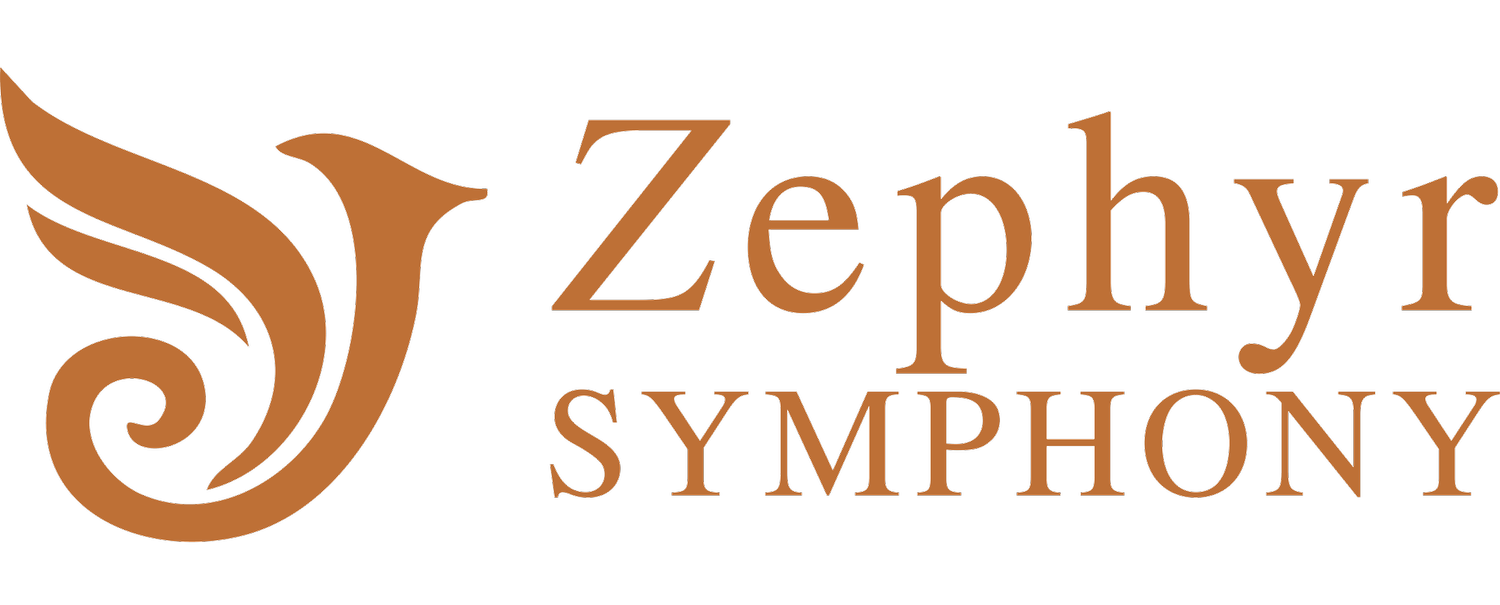Listening Between the Lines: Rediscovering Handel’s Messiah
Handel’s Messiah is one of those rare works that seems to reveal something new every time you hear it. Beneath its familiarity lies a world of intricate detail—tiny gestures, textures, and colors that bring the sacred story vividly to life. For many of us, it’s these small, almost hidden moments that remind us why the piece endures not just as a seasonal favorite, but as one of the great human expressions of hope and renewal.
The opening tenor recitative, “Comfort Ye, My People,” sets the tone. Listen for the violins—they don’t merely accompany; they echo the voice in gentle response, as if heaven itself is murmuring reassurance. Their lines shimmer with compassion, turning sound into solace.
In “The People Who Walked in Darkness,” Handel creates something extraordinary: the music itself walks. The bass line trudges steadily forward, each step marked by the orchestra, evoking both physical movement and spiritual struggle. You can feel humanity searching its way toward the light.
Then—light itself bursts forth. In “Glory to God,” the trumpets become radiant angels, blazing across the heavens. Their fanfares aren’t just brilliant; they are celebratory proclamations that bridge earth and sky. The contrast between the shepherds’ quiet awe and the celestial blaze captures the miracle of the moment.
Later, the fire of transformation ignites in “He Shall Purify (the Refiner’s Fire).” The relentless energy of the runs and rhythms feels cleansing—intense, alive, almost dangerous. Handel’s depiction of divine refinement is both thrilling and unsettling: holiness burns.
The drama reaches another dimension in “Why Do the Nations So Furiously Rage Together?” Here, the orchestra doesn’t merely accompany; it battles. You can hear the chaos of conflict and the defiance of power—the musical embodiment of human fury set against divine sovereignty.
And at last comes “Worthy is the Lamb,” a moment of sheer majesty. Handel layers the choirs and orchestra into a vision of celestial order, as if the universe itself has settled into radiant harmony. The final “Amen” feels infinite, ascending beyond time.
Listening closely, Messiah becomes more than a concert—it becomes an encounter. Every phrase, echo, and gesture invites us to experience not only the story of redemption but the very act of creation through sound. Handel paints with light and shadow, and in those details—walking footsteps, angelic trumpets, purifying fire—we find our own reflection.
Perhaps that’s the enduring miracle of Messiah: we don’t just hear it—we live inside it.
